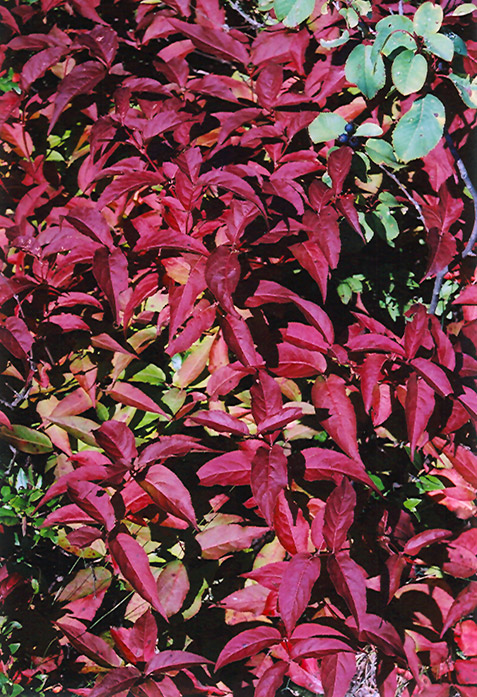Plantfinder
siteadmin2023-06-04T13:10:09-03:00
Height: 5 feet
Spread: 5 feet
Sunlight:
![]()
![]()
Hardiness Zone: 2b
Other Names: Dwarf Bush Honeysuckle
Description:
A good durable utility shrub with bronze tinged foliage and small yellow flowers; no particularly overwhelming ornamental features, but overall trouble-free, tolerant of adverse conditions; good in massing
Ornamental Features
Bush Honeysuckle has attractive dark green deciduous foliage which emerges burgundy in spring on a plant with a round habit of growth. The pointy leaves are highly ornamental but do not develop any appreciable fall colour. It has lemon yellow trumpet-shaped flowers along the branches in early summer.
Landscape Attributes
Bush Honeysuckle is a multi-stemmed deciduous shrub with a more or less rounded form. Its relatively coarse texture can be used to stand it apart from other landscape plants with finer foliage.
This shrub will require occasional maintenance and upkeep, and is best pruned in late winter once the threat of extreme cold has passed. It is a good choice for attracting butterflies and hummingbirds to your yard. Gardeners should be aware of the following characteristic(s) that may warrant special consideration;
- Suckering
Bush Honeysuckle is recommended for the following landscape applications;
- Mass Planting
- Hedges/Screening
- General Garden Use
- Naturalizing And Woodland Gardens
Planting & Growing
Bush Honeysuckle will grow to be about 5 feet tall at maturity, with a spread of 5 feet. It tends to fill out right to the ground and therefore doesn't necessarily require facer plants in front, and is suitable for planting under power lines. It grows at a medium rate, and under ideal conditions can be expected to live for approximately 20 years.
This shrub does best in full sun to partial shade. It is very adaptable to both dry and moist locations, and should do just fine under average home landscape conditions. It is not particular as to soil type or pH. It is highly tolerant of urban pollution and will even thrive in inner city environments. This species is native to parts of North America.
A NetPS Plant Finder tool


